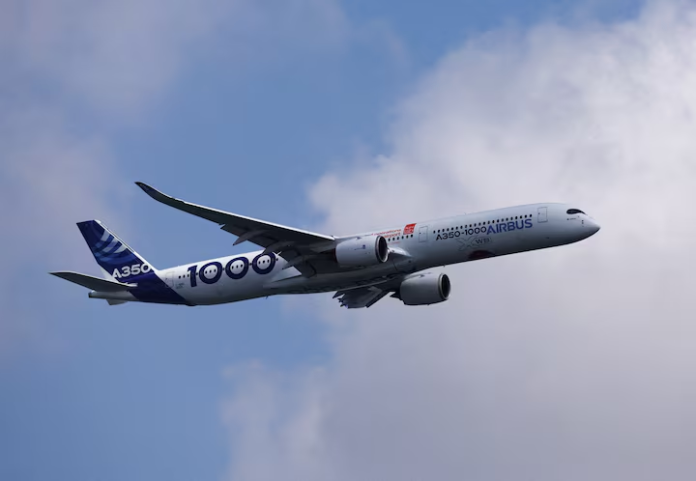The European Union Aviation Safety Agency (EASA) ordered checks on the engines of Airbus A350-1000 aircraft after an engine fire during a Cathay Pacific jetliner flight.
After consulting with regulators and aviation accident investigators in Hong Kong, Airbus, and engine supplier Rolls-Royce, EASA Executive Director Florian Guillermet stated:
This action is a precautionary measure, based on the information received from the initial investigation of the recent Cathay Pacific serious incident and on the airline’s findings in its own subsequent inspections.
The agency also confirmed that a faulty hose in the fuel system caused a fire, which the crew quickly extinguished.
We will continue to follow closely all information that will be made available through the ongoing safety investigation.
In an emergency directive issued late Thursday night, EASA gave airlines three to 30 days to carry out visual checks and measurements on fuel hoses, but did not require parts to be removed for work unless they were found to be damaged.
High stakes
The A350-1000 and its XWB-97 engines have been in the spotlight since the Zurich-bound plane was forced to return to Hong Kong on Monday due to an engine problem later linked to a fuel leak.
EASA stated that the fire caused thermal damage to the engine housing, including ducts used for reverse thrust during landing.
This condition, if not detected and corrected could, in combination with additional failures, lead to a more severe engine fire and resulting damage to an aeroplane.
Thursday’s decision is seen as the first public test for newly appointed EASA Executive Director Guillermet. While the incident was quickly contained and no one was injured, the stakes remained high for Rolls-Royce and the airlines in how the incident would be handled amid public concern over flight safety.
